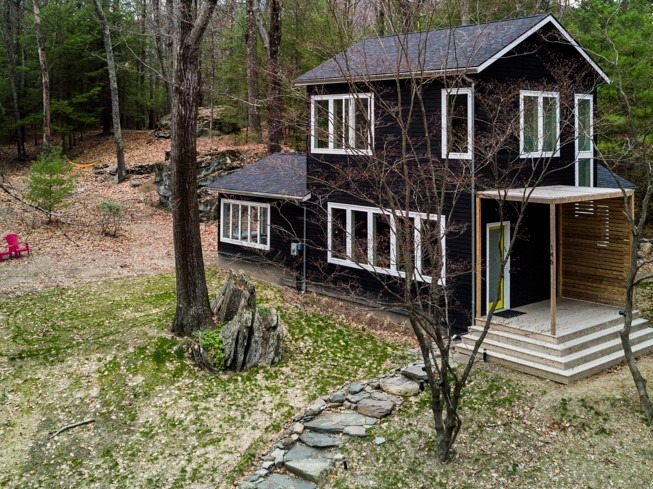It’s a classic retail strategy: Buy by the truckload and sell by the square foot.
In the case of the Stone Farm, though, we’re talking about cobblestone, bluestone and limestone, salvaged from urban streets and farmhouses alike, in the U.S. and Europe.
“We clean it, sort it, fabricate it and turn it into a new product,” says Gavin Johnson, partner in the Stone Farm of Newtown, Conn. “It’s all reclaimed material, and you can’t recreate the patina. That’s why reclaimed wood is so popular.”
He and Steve Singlak, both veterans of the stone business, founded the firm in 2009. In their first year together, business grew by 50 percent. Last year it was up by 90 percent.
“The primary reason, other than being great sales guys, is that it’s all a one-of-a-kind product,” he says. “Your neighbor won’t have the same thing.”
The pair maintains strong relationships with quarries. They’ll also take the facing off the huge blocks of granite that once supported bridges, and then use it for pavers. Cobblestone, though, is most popular. About 90 percent of it is applied to driveways, pathways, patios and motor courts.
“It’s the texture, the color and the tones,” he says. “People are drawn to stone, period, but they’re really drawn to worn cobblestone.”
Sizes range from four-inches by four-inches up to five inches by 12. Thicknesses run from one inch to seven. And costs are fairly reasonable, with domestic stone ranging from $8 to $11 per square foot, and imported stone from $10 to $17.
Naturally enough, they’re available for installation too. “For the Belgian stone, we have a partner who’s a fourth-generation installer,” he says.
Which means his forebears probably handled some of the same stone that’s now being repurposed and re-used.
For more information, go to http://stonefarmliving.com/
[slideshow id=896]


